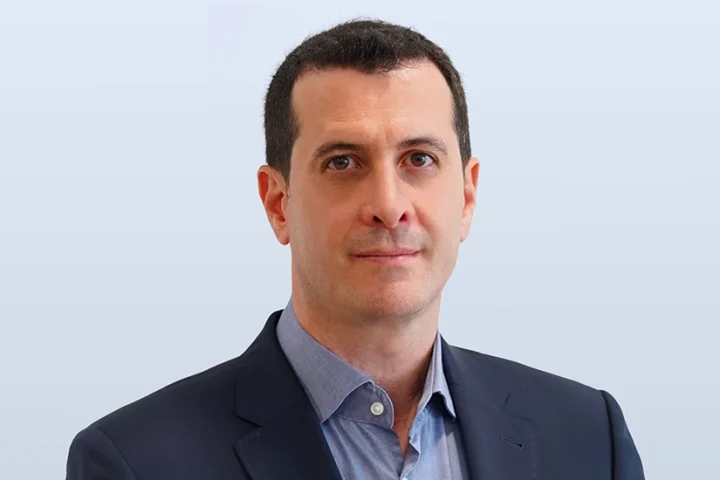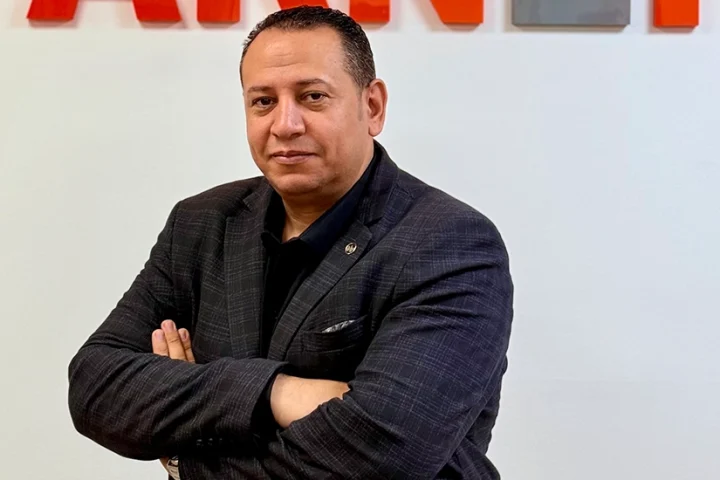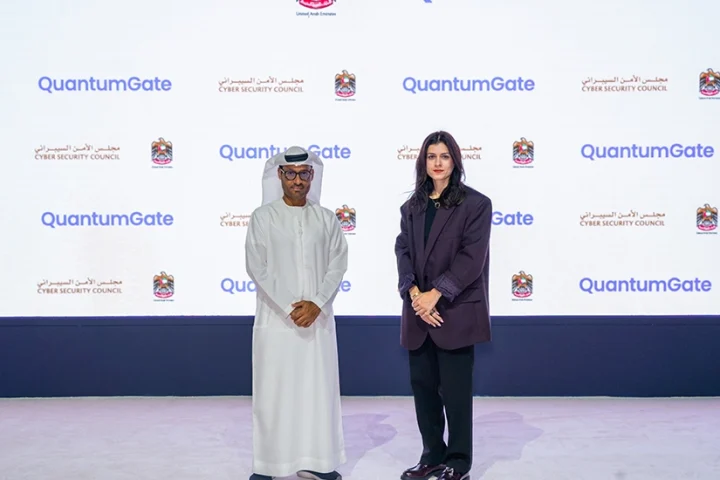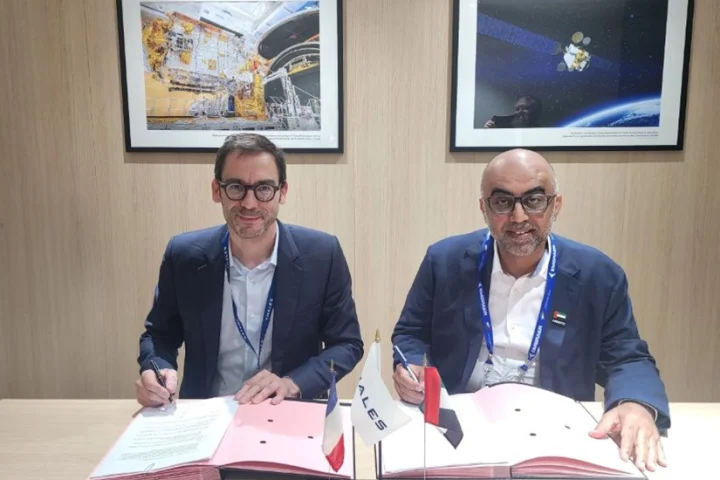Debu Chakraborty, Senior Regional Director, Bentley Systems, on how the UAE is transforming road infrastructure with digital innovation.
How do you assess the current state and trajectory of roads and highways development in the United Arab Emirates (UAE)?
UAE’s roads and highways sector has seen positive change and progress in recent years, driven by greater private sector participation, technological advancements, and strategic government initiatives. The focus on expanding expressways, modernising existing road networks, and integrating smart infrastructure solutions has significantly enhanced connectivity and economic growth. However, persistent challenges such as project delays, cost overruns, maintenance inefficiencies and traffic congestion need to be addressed. Despite these challenges, the UAE continues to invest in innovative solutions and strategic planning to mitigate these issues. Digital technologies, including real-time data integration, asset analytics, and predictive maintenance, are playing a pivotal role in ensuring infrastructure development is high-quality, cost-efficient, and sustainable.
In what ways are digital technologies currently being leveraged in the planning, design, construction, and maintenance of roads and highways in the UAE?
Digital technologies and AI are revolutionising road and highway construction by enhancing efficiency, accuracy, and sustainability. Digital twins, for instance, create dynamic, data-driven replicas of infrastructure assets, improving decision-making throughout the project lifecycle—from design and construction to operation and maintenance. AI-powered insights, IoT-enabled sensors, and advanced analytics facilitate real-time monitoring of construction activities, optimising schedules, reducing delays, and controlling costs. These technologies also enhance stakeholder collaboration, minimise risks, and ensure seamless project execution.
The sheer scale and volume of data created from design to maintenance makes infrastructure a prime area where AI will have great impact. Bentley has been investing in AI for several years in areas from asset operations to road maintenance, now infrastructure professionals can enhance the design phase of the infrastructure lifecycle. Bentley OpenSite+ is the first engineering application leveraging generative AI for civil site design which helps engineers swiftly design residential, commercial, and industrial sites with AI tools, significantly boosting productivity and accuracy.
Could you elaborate on specific examples of how Bentley Systems’ technologies and solutions are currently being utilized in the United Arab Emirates (UAE) to support the development of high-quality and sustainable roads and highways, highlighting the key benefits and outcomes achieved?
Bentley’s software solutions are at the forefront of precision-driven and sustainable road development. Our digital twin technology, combined with 5D Building Information Modeling (BIM), enables comprehensive visualisation, cost tracking, and optimised construction planning. OpenRoads and OpenBridge offer end-to-end solutions for road and bridge design, empowering engineers to model, simulate, and analyse various scenarios before construction begins. Additionally, the Bentley Infrastructure Cloud and SYNCHRO provide a unified, data-driven platform for project collaboration, ensuring all stakeholders work from a single source of truth. These 4D construction planning and management tools integrate scheduling, model-based planning, and real-time data tracking to minimise material waste, reduce environmental impact, and enhance infrastructure resilience. AI-driven predictive maintenance further extends the lifespan of roads and highways, lowering long-term costs and improving asset performance.
You may not be aware but many of UAE highways and roads infrastructure have been designed and constructed using Bentley technology, that we as residents in UAE enjoy in our day-to-day life to commute. The country’s Etihad passenger rail service aims to improve connectivity in the UAE and streamline transport across the Gulf Cooperation Council countries. As part of the project, SYSTRA chose Bentley’s Open applications to model the corridor, streamlining and automating previously manual workflows. The Bentley LumenRT further provided stakeholders with a comprehensive view and understanding of the project, while also proposing changes in real time. Likewise, CDM Smith conducted an analysis of the current 67-kilometre, six-lane highway that connects Dubai and Al Ain in order to enhance traffic flow between the two cities. LumenRT from Bentley Systems was once again instrumental in the process, delivering vivid visual renderings to communicate design intent. Bentley applications reduced design hours and resources by more than 50 per cent, resulting in a more cost-effective design.
What are the key drivers and potential challenges you foresee influencing the growth and evolution of the roads and highways sector in the UAE over the next decade?
Over the next decade, the UAE’s roads and highways sector is set to witness rapid transformation, driven by strategic investments and technological integration. Dubai’s recently announced five-year plan for internal roads (2025–2029) is a key driver of this transition and it includes 21 projects across 12 residential, commercial, and industrial areas. With a total investment of AED 3.7 billion and 634 km of new roads, the initiative is designed to improve connectivity in areas with urbanisation rates ranging from 30 percent to 80 percent. This initiative aligns with Dubai’s urban growth and reflects a commitment to enhancing residents’ well-being.
Another major catalyst is technological integration. The adoption of automation, AI, and IoT is expected to transform the industry, leading to resilient, safe, and efficient in-road construction and maintenance practices. Bentley Systems will play a key role across the infrastructure lifecycle. Our recent acquisition of Blyncsy, a provider of AI-driven analytics, will enhance operations and maintenance activities. Similarly, the expansion of our iTwin Ventures portfolio will further drive the development of infrastructure asset analytics, reinforcing Bentley’s commitment to innovation in road development.
Looking ahead, at Bentley Systems’ plans, how will innovative solutions continue to contribute to the development of safer, better-quality, and more resilient roads and highways in the UAE?
Bentley remains committed to advancing UAE’s road infrastructure by driving digital transformation through cutting-edge engineering software. Our focus is on enhancing collaboration, precision, and sustainability by investing in AI-powered analytics, real-time monitoring tools, and cloud-based solutions that empower stakeholders to optimise project delivery and asset management. Our open, scalable platforms enable seamless data integration, facilitating efficient collaboration among engineers, government agencies, and contractors.
Looking ahead, Bentley aims to support the construction of stronger, more secure, and eco-friendly roads that align with UAE’s long-term mobility goals. We are deepening engagements with policymakers and infrastructure developers to ensure technology adoption at every project phase.
Furthermore, Bentley alongside its Seequent products are uniquely positioned to provide geotechnical solutions for underground soil studies and above-ground design of roads, bridges, and tunnels. With our Cesium acquisition, we can efficiently handle large-scale infrastructure models via iTwin.js and CesiumJS. By integrating ContextCapture outputs (reality meshes, point clouds) with Cesium, we enable web-based visualisation, geospatial-BIM overlays, and real-time infrastructure synchronisation. While we bring more innovations to our region, our other portfolio of solutions such as OpenPaths is already revolutionizing providing comprehensive transportation planning, modeling, and analysis to enhance mobility and infrastructure planning in UAE. These innovations empower decision-makers with unparalleled insights, ensuring smarter and more resilient road infrastructure for the future.























